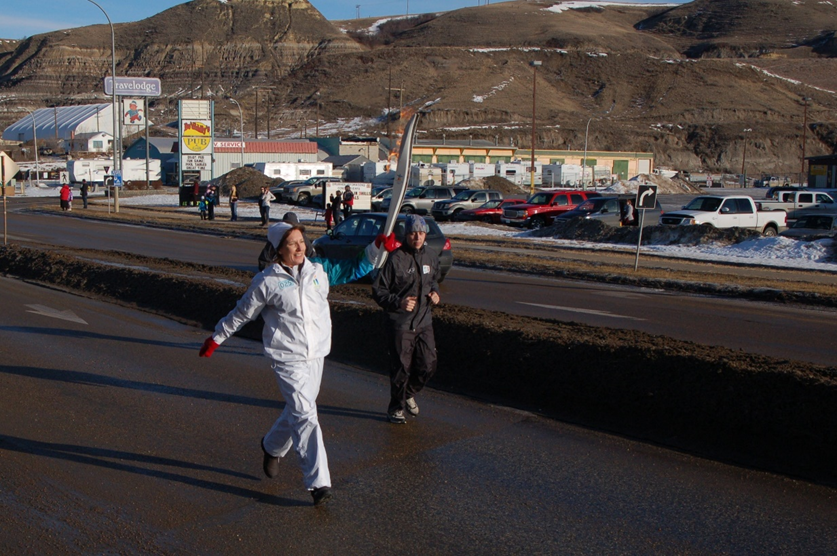The same question has been asked about Will, the hero. As I don't play golf, how do I know about greenskeepers and golf clubs? Well all I can say about that is thank goodness for the Internet, and thanks, too, to the people I know who do play golf and have entertained me at their club in the past.
There have been questions, as well, about the castle, and the remains of the friary. Have I visited them? Are they in Mapleby or have I imported them from elsewhere? The answer is both yes and no. I have visited them.They are in my Mapleby. But anyone searching wouldn't find them because the geography has changed a bit in 800 years!
Many a Moon has garnered more questions than any other book I've written, and I love it that readers have invested so much of themselves into the story. It has also prompted me to revisit all my other books because nearly every one of them is set in a place I've visited. Once, a long time ago, someone told me my books were like a ticket to romance. It was a lovely phrase which I have often adopted when promoting them, but it is only now that I realise it really is true. Because the chaos in airports around the world is making it is so difficult to travel anywhere at the moment, I am staying at home, but a quick look at all the covers of my books has taken me back to many of the places I have visited, places and experiences which have given me so much pleasure as well as real inspiration: New Zealand, Australia, Italy, America, France, the Canary Islands, Russia, and then all those places in the UK from London to the Home Counties, from the North West coast to the South, to Wales and Scotland, to villages and towns and cities. It really has been a journey and one that I can take again any time I look at one of my books. Readers can as well if they want to buy a ticket to romance.

.heic)
























